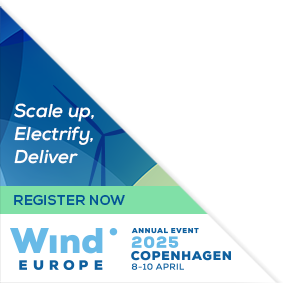Presentations
Siblings:
ProceedingsProgrammeSpeakersPostersContent PartnersPowering the FutureMarkets TheatreResearch & Innovation in actionStudent programmePresenters dashboardInnovations beneath the surface: collaboratively advancing offshore wind through subsea substation technology
Håkon Eidsvik, Senior Engineer Electrical System Design & Grid Integration, Mainstream Renewable Power
Abstract
Technology innovations are essential to drive down cost and resolve supply chain constraints in the growing offshore wind industry. Through the publicly funded Ocean Grid project, technology is being developed to fit wind farm developments that are characterized by deeper waters and larger distances to shore. This presentation deals with the ongoing development of subsea substation technology, including subsea transformers and wet-mate connection system, cost reduction potential, and the type of project and project parameter envelope that the subsea substation fits well with. By the end of the project, the technology will be qualified to TRL 6 (EUR 27988), making it ready for installation in an operational environment. Subsea power technology originally developed for the oil and gas industry is now being leveraged to reduce costs in deep water offshore wind development. The Ocean Grid project is a real example of how a cross-industry partnership is adapting technology from other industries, dealing with technological, commercial, and regulatory barriers, as well as reducing cost and schedule risks by going subsea and leveraging alternative supply chains of offshore substation technology. From a fabrication and assembly point of view, the subsea substation constitutes a less complex execution and delivery compared to alternative offshore substation designs. It can be assembled and delivered from a larger selection of yards, enabling increased local content and reducing the supply chain complexity. This joint developer and EPCI presentation will present the TRL journey of subsea power technology, findings related to cost efficiency compared to alternative technologies, the project parameter envelopes that can benefit from subsea substation technology, and technological and regulatory barriers that the industry faces.










